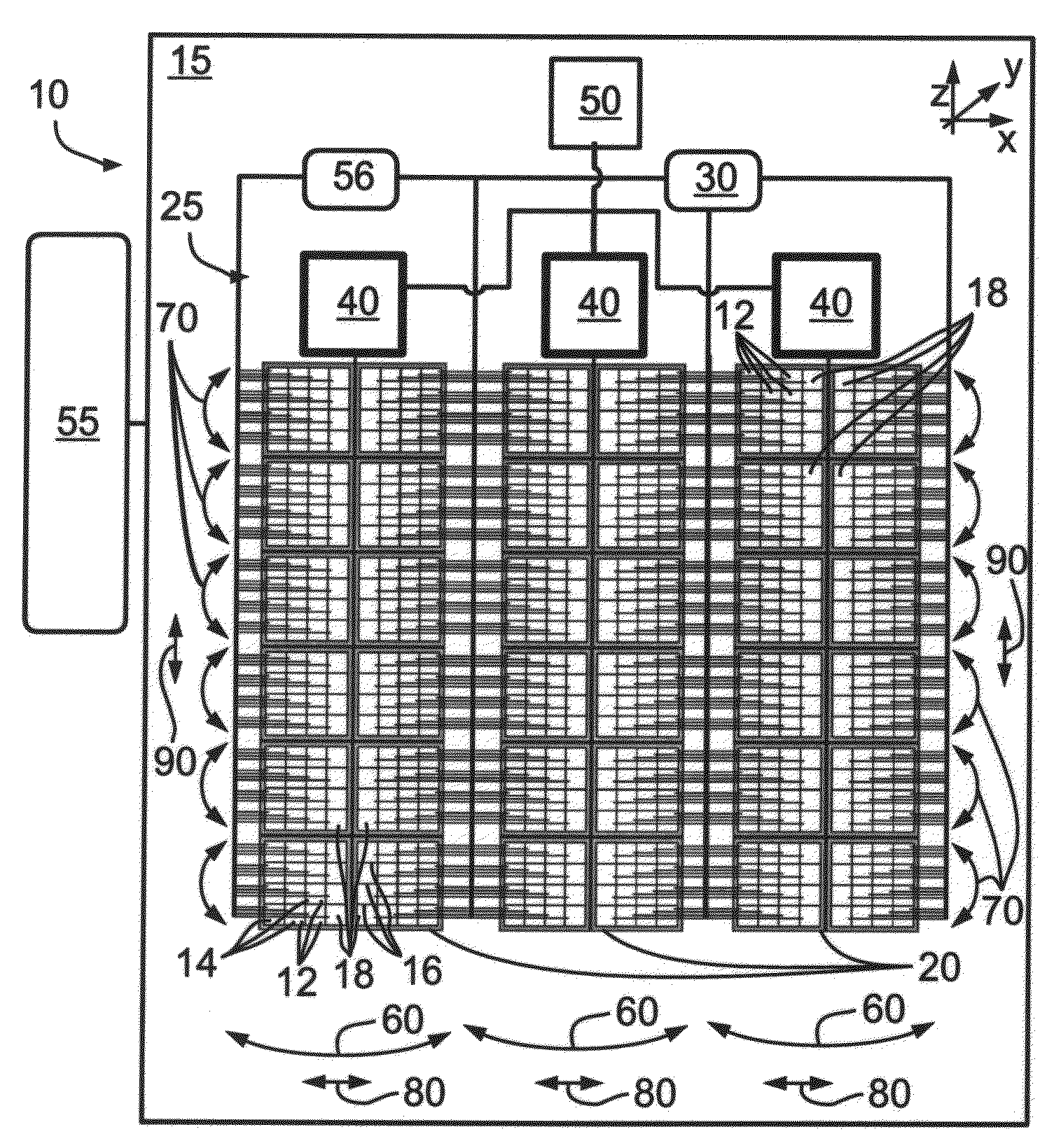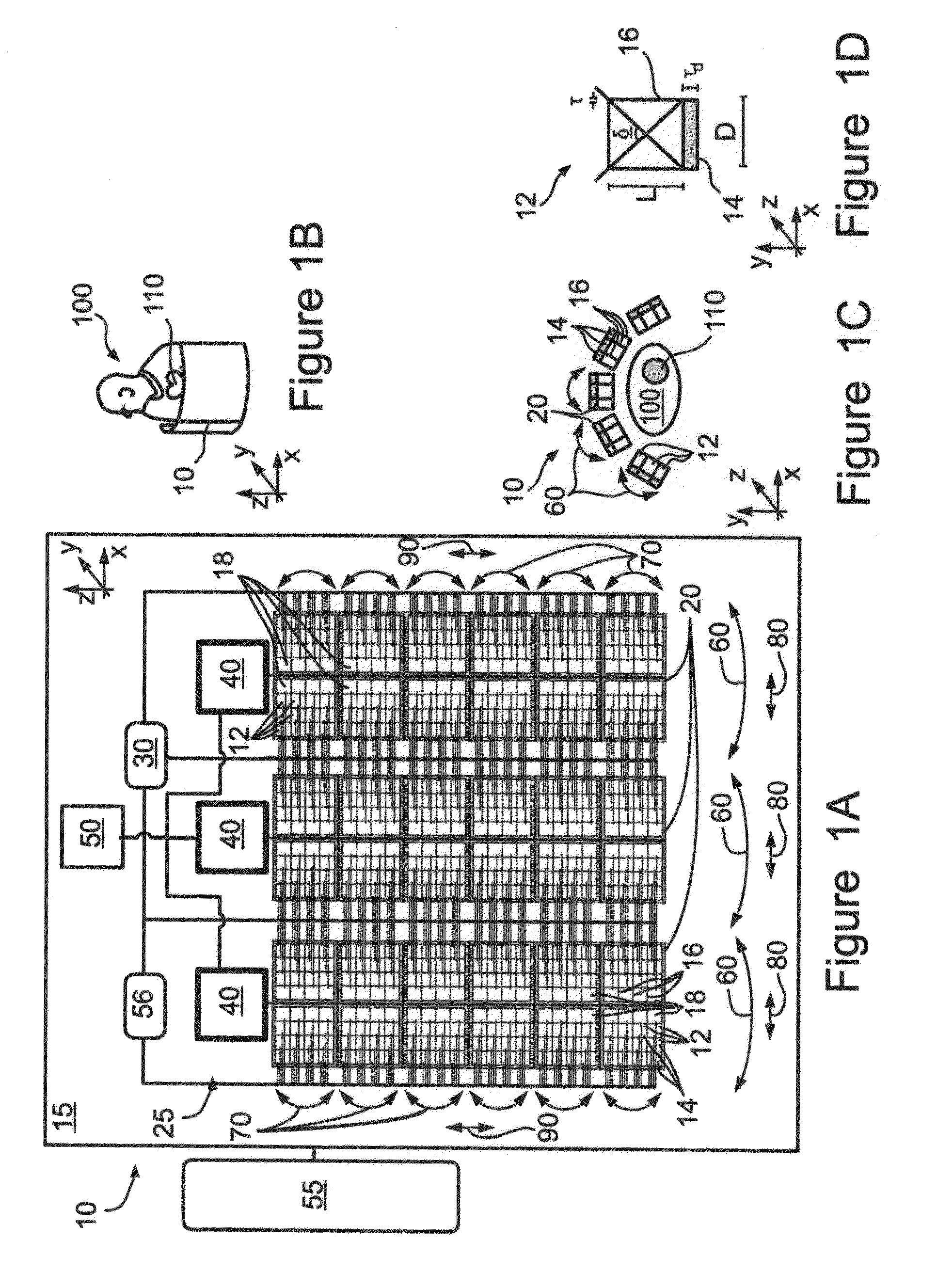Gating With Anatomically Varying Durations
- Summary
- Abstract
- Description
- Claims
- Application Information
AI Technical Summary
Benefits of technology
Problems solved by technology
Method used
Image
Examples
Embodiment Construction
[0084]The present invention relates to an apparatus and a method for reconstructing a radioactive emission image of a overall volume having dynamic and static volumetric regions. The reconstructing is based on gated images with anatomically varying time-bin lengths. The apparatus and the method are designed to allow the segmentation of the radioactive emission image to gated and non-gated regions. In such a manner, the reconstructions radioactive emissions from the dynamic volumetric region and the static volumetric region are carried out separately. Thus, the high computational throughput that is needed in order to reconstruct a dynamic volumetric region, such as the heart, using time binning techniques has less or no effect on the reconstruction of the static volumetric region, as further described below. The disclosed apparatus comprises a number of detectors, such as PET or SPECT detectors, which are designed for obtaining radioactive emissions from the overall volume and an ima...
PUM
 Login to View More
Login to View More Abstract
Description
Claims
Application Information
 Login to View More
Login to View More - R&D
- Intellectual Property
- Life Sciences
- Materials
- Tech Scout
- Unparalleled Data Quality
- Higher Quality Content
- 60% Fewer Hallucinations
Browse by: Latest US Patents, China's latest patents, Technical Efficacy Thesaurus, Application Domain, Technology Topic, Popular Technical Reports.
© 2025 PatSnap. All rights reserved.Legal|Privacy policy|Modern Slavery Act Transparency Statement|Sitemap|About US| Contact US: help@patsnap.com



